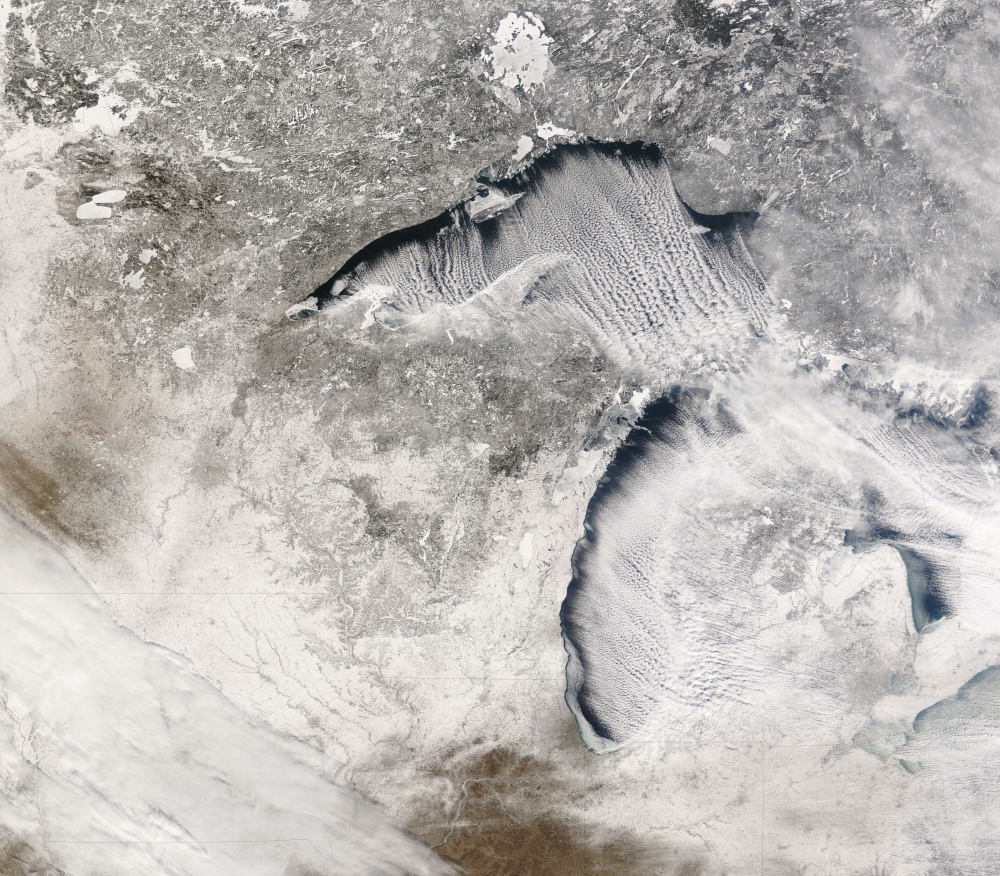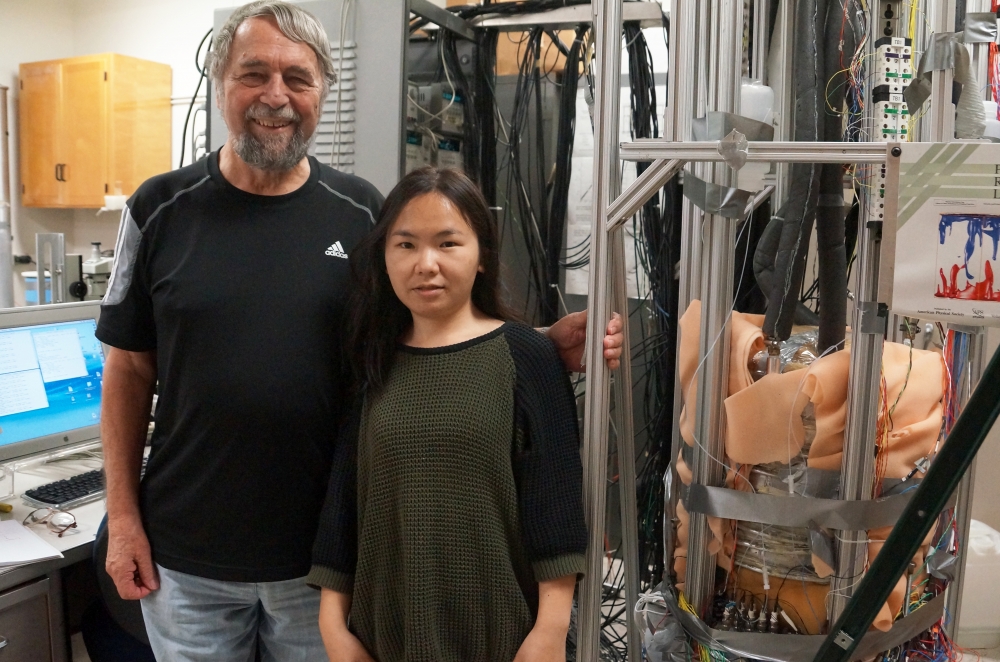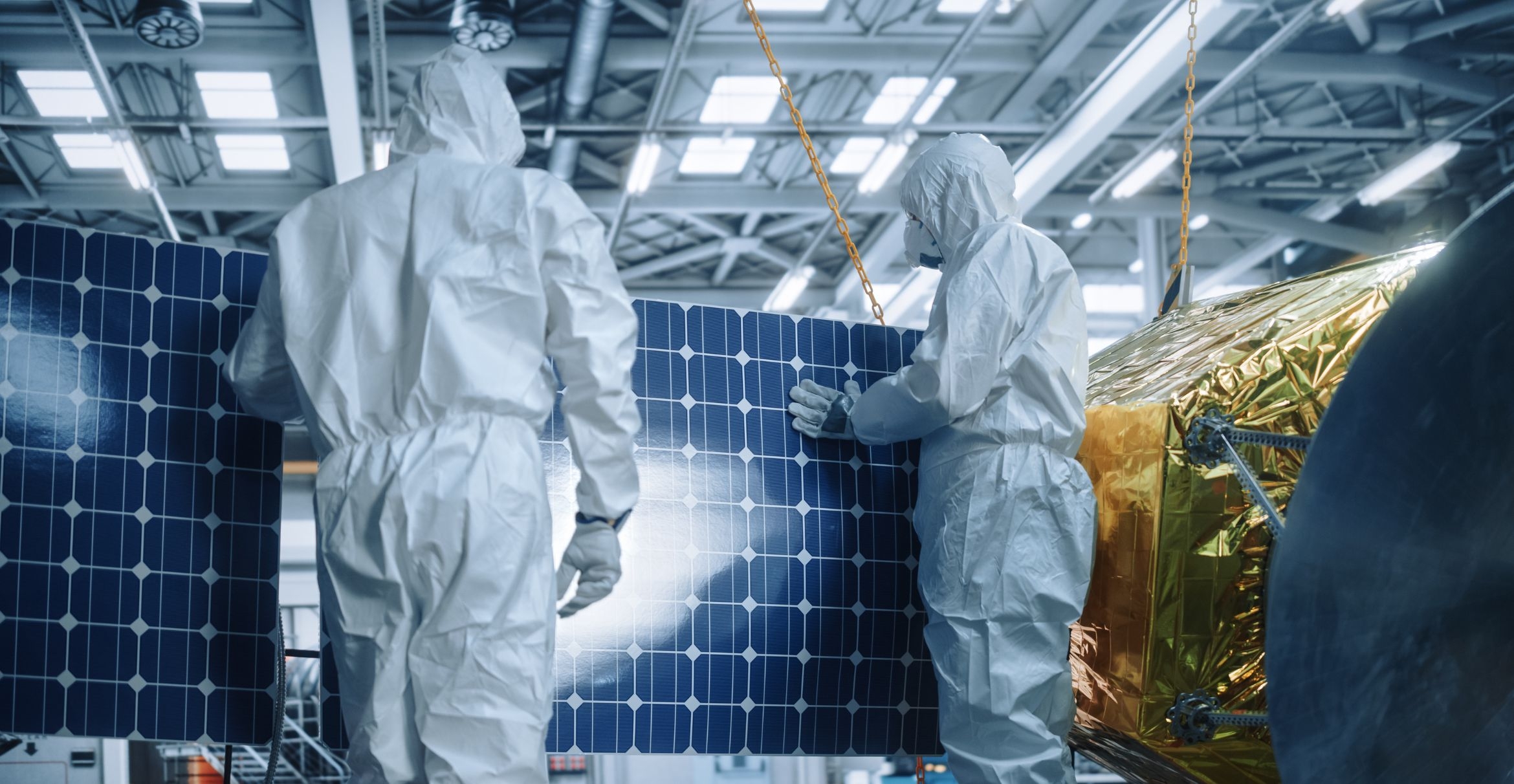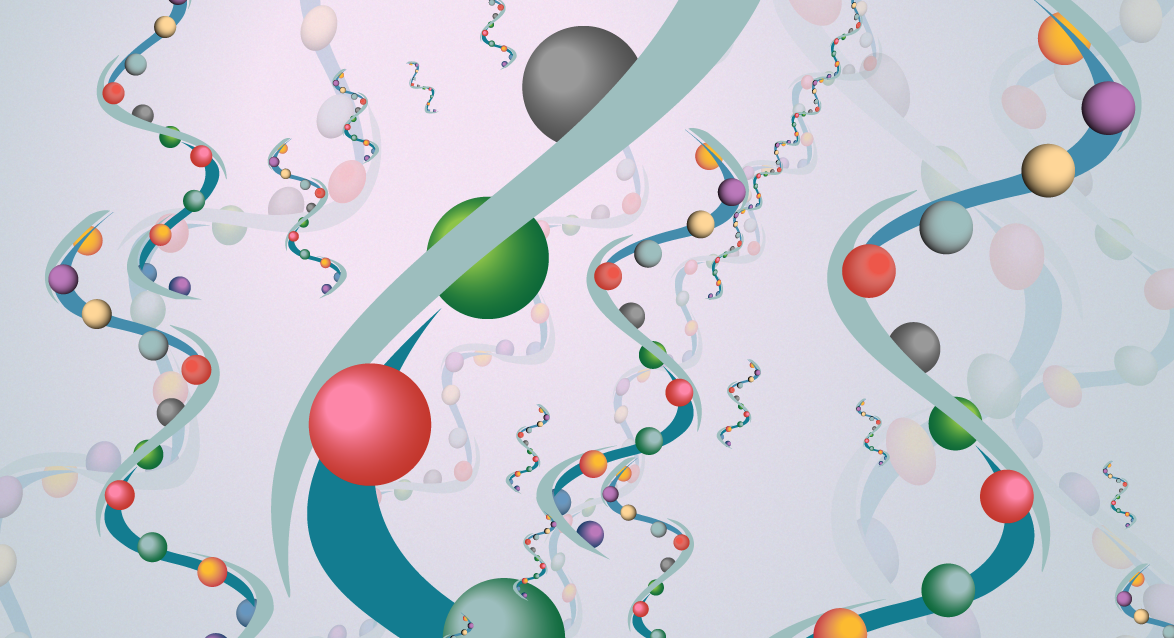
The Physics of Clouds

In 1941, Russian physicist Andrey Kolmogorov developed a theory of turbulence that has served as the basic foundation for our understanding of this important naturally occurring phenomenon.
Turbulence occurs when fluid flow is characterized by chaotic physical changes. Kolmogorov’s theory has been interpreted to imply that transitions from one state of turbulence to another must be a smooth evolution because very intense fluctuations that are part of the process itself would smooth out anything sharp.
Now, however, a new experiment conducted by physicists at UC Santa Barbara disproves this interpretation of Kolmogorov’s theory. Their results appear in the journal Physical Review Letters.
“In our paper we offer experimental evidence that these transitions are indeed sharp,” said Guenter Ahlers, a professor in the Department of Physics. “We have been enlightened by these data and they have shown us that the interpretation of Kolmogorov was incorrect. To a physicist that is a very important step forward.”
Ahlers and his postdoctoral co-workers Ping Wei and Stephan Weiss study turbulent convection, which plays a major role in numerous natural and industrial processes. Turbulent convection results when a contained fluid is heated from below and cooled from above. As the temperature differential increases, the convective flow becomes so vigorous that the velocity field becomes turbulent.
Using a cylindrical rotating system built by Ahlers’ team, the researchers heated the fluid from the bottom so it expanded and became less dense than the liquid at the top. Earth’s gravity caused the liquids to change positions with each other, which in turn created turbulence. Then the scientists added rotation.
“When you rotate, you get new forces acting, including the Coriolis Force — a product of the Earth’s rotation as well as of rotation in the laboratory — which spins the liquid into little vortices or tornadoes,” explained Ahlers.
“So the system is full of little tornadoes near the heating plate and also near the top — only there, they are cold tornadoes,” Ahlers added. “At first, these tornadoes are not connected because they are relatively short. But as you rotate the cylinder faster and faster, the tornadoes extend and eventually form columns over this whole system. When that happens, physicists say that the symmetry of the system changes.”
The next step for Ahlers and his team was to measure the heat transport — the exchange of thermal energy — which is expressed by the Nusselt number. Wilhelm Nusselt was a German engineer in the early 1900s who measured the heat transport through double window panes.
“If you look at the Nusselt number, it has these breaks, which indicates that the heat transport does not change smoothly as the rotation rate is increased,” Ahlers said. “By the way, Lev Landau told us that a long time ago. And while Landau wasn’t talking about turbulent systems, his arguments can be directly carried over to the turbulence state.”
Ahlers was referring to another Russian physicist, and a Nobel laureate, who theorized that when the symmetry of a system changes, the change must be sharp. It cannot be smooth because a system has only two states: disordered or ordered and there is nothing in between.
“The trouble is that people in turbulence never thought about Landau because he was in a completely different field and the information doesn’t get carried across because there’s just too much of it,” Ahlers added. “But I worked in the field of critical phenomena for many, many years and know Landau’s work very well. Then I changed to studying turbulence, and when this issue popped up, it was obvious to me what was going on.”
In the paper, the researchers use cloud streets — long rows of cumulus clouds oriented parallel to the direction of the wind — as an everyday example of natural turbulent convection. These flat-bottomed, fluffy-topped clouds are formed when cold air blows over warmer waters and a warmer air layer (temperature inversion) rests over the top of both.
As the comparatively warm water gives up heat and moisture to the cold air above, columns of heated air called thermals naturally rise through the atmosphere. When the rising thermals hit the warm air layer, they roll over and loop back on themselves, creating parallel cylinders of rotating air that act similarly to the fluid in Ahlers’ cylindrical rotating system. While the process sounds smooth, Ahlers’ latest experiment proves that it is anything but.



